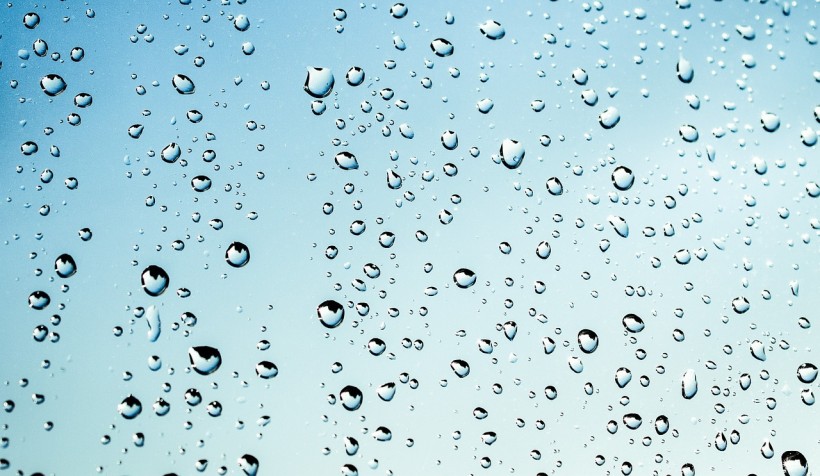Over 2.2 billion people reside in water-stressed countries, with 3.5 million annual deaths from water-related diseases. Researchers at Shanghai Jiao Tong University developed a solar-powered atmospheric water harvesting technology for clean water access in sunny, dryland regions.

Solar-Powered Atmospheric Water Harvesting Offers Hope for Dryland Regions
Versatile Super Hygroscopic Gels Revolutionize Atmospheric Water Harvesting
In the study, titled "Daytime air-water harvesting based on super hygroscopic porous gels with simultaneous adsorption-desorption featured" published in Applied Physics Reviews, researchers introduced a groundbreaking atmospheric water harvesting technology with versatile applications, addressing needs for household drinking water, industrial water, and personal hygiene.
Historically, salt injection into hydrogels posed challenges due to the salting-out effect, reducing hydrogel swelling and water absorption capacity, leading to salt leakage.
The research team, led by Ruzhu Wang, overcame these hurdles by synthesizing a super hygroscopic gel using plant derivatives and hygroscopic salts, showcasing exceptional water absorption capabilities. The gel, cost-effective and easily prepared, exhibited remarkable adsorption performance, absorbing 1.18 kilograms of water in arid environments and up to 6.4 kilograms in humid conditions per kilogram of dry gel.
To further enhance the technology, the team implemented a prototype with parallel desorption and condensation chambers, incorporating a turbofan in the condensation chamber to achieve over 90% recovery of desorbed water.
Outdoor demonstrations confirmed water release, even during weak sunlight periods, and the system demonstrated simultaneous adsorption and desorption capabilities during the daytime.
Future efforts will focus on achieving simultaneous adsorption and desorption using renewable energy, aiming to maximize daily water yield per unit mass of adsorbent for enhanced practical applications in water generation.
Beyond daily water production, the potential applications of sorbent materials in harvesting atmospheric water extend to areas such as dehumidification, agriculture irrigation, and thermal management for electronic devices.
READ ALSO: Water Harvester: A New Atmospheric Technology Which Works Around the Clock With No Energy Needed
Solar Devices Promise Water Access for Millions
Approximately 2.2 billion people, or one in four globally, lack reliable access to safe drinking water. A 2021 study suggests that small solar-powered devices capable of extracting water from the air could provide potable water for up to one billion individuals.
Current large-scale water production methods, such as desalination and wastewater treatment, are costly and remain inaccessible to many due to financial constraints and infrastructure requirements.
Atmospheric water harvesters (AWH), designed to capture moisture from the air, offer a more accessible solution. Historically, debates centered around the viability of AWH devices due to concerns about their output potential.
Various AWH systems have been developed worldwide, including passive devices relying on fabrics collecting dew and fog, and active devices using sorbent materials to capture water vapor. Solar-driven AWH systems can generate fresh water in areas with relative humidity as low as 20 percent, expanding their potential impact globally.
Although other companies, like SOURCE, offer similar devices, their high costs hinder widespread adoption. The analysis suggests that solar-powered AWH devices using advanced sorbent materials in a continuous cycle could be a promising solution for many regions.
However, the technology is still emerging and requires further development and mass production to achieve cost-effective targets. The researchers hope their findings and tools will contribute to the future development of AWH devices, maximizing their real-world impact.
RELATED ARTICLE: This Tiny New Gel Film Can Squeeze Out 13 Liters of Drinking Water from Thin Air Each Day
Check out more news and information on Water Harvesting in Science Times.














